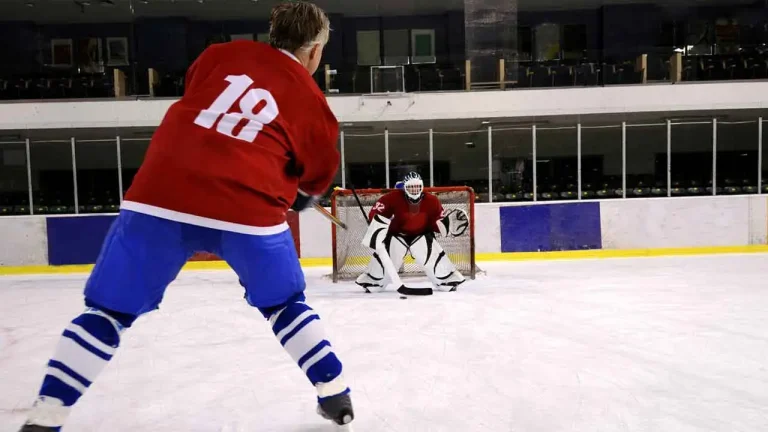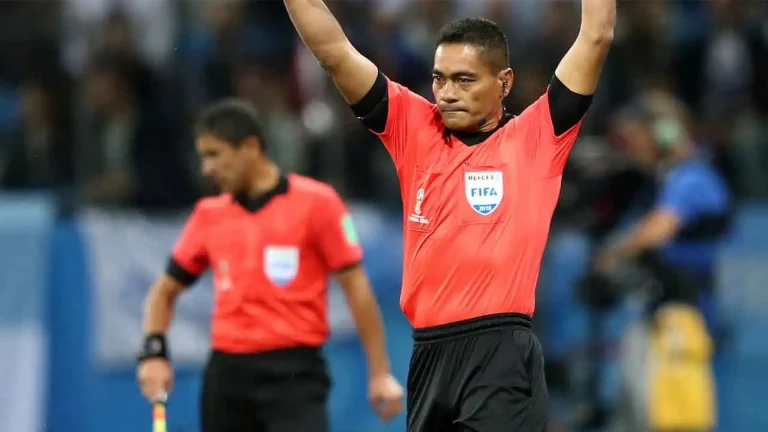Bright Ideas: Illuminating Pickleball Courts with Effective Lighting

Pickleball has surged in popularity in recent years, captivating players of all ages with its unique blend of tennis, badminton, and ping pong. With this rise in interest comes a demand for well-equipped courts, and one essential aspect of a top-notch pickleball court is effective lighting. In this article, we delve into the nuances of pickleball court lighting, exploring the importance, considerations, and best practices for illuminating these dynamic play spaces.
The Significance of Proper Lighting
Quality lighting on a pickleball court is more than just aesthetics; it significantly impacts gameplay, safety, and overall player experience. Here’s why adequate lighting is paramount:
1.Enhanced Visibility:Proper lighting
ensures players can track the ball’s trajectory accurately, make precise shots, and anticipate opponents’ moves, leading to a more engaging and competitive game.
2.Safety: Well-lit courts reduce the risk of
trips, falls, and collisions, promoting a safer environment for players.
3.Extended Playtime: With good lighting,
pickleball enthusiasts can enjoy games during evenings or low-light conditions, maximizing court usage and community engagement.
4.Quality of Play: Bright, uniform lighting
minimizes shadows and glare, creating an optimal playing environment that supports fair gameplay and skill development.
Key Considerations for Pickleball Court Lighting
Designing effective lighting for pickleball courts involves several crucial considerations to ensure optimal performance and user satisfaction:
1.Lighting Levels: The Illuminating
Engineering Society (IES) recommends specific light levels for various sports, including pickleball. Typically, a minimum of 30-50 foot-candles (fc) is recommended for recreational play, while competitive matches may require 75 fc or more.
2.Uniformity: Lighting should be uniform
across the court to avoid unevenly lit areas that can hinder gameplay and cause distractions.
3.Glare Control:Anti-glare fixtures and
shielded lighting prevent direct glare into players’ eyes, enhancing visibility and comfort.
4.Color Rendering: High-quality lighting
with accurate color rendering (CRI) ensures players can distinguish the ball’s color and trajectory accurately.
5.Energy Efficiency: Incorporating
energy-efficient LED fixtures not only reduces operating costs but also minimizes environmental impact.
Best Practices for Pickleball Court Lighting
To achieve optimal lighting performance on pickleball courts, follow these best practices:
1.Choose Quality Fixtures: Invest in LED
fixtures designed specifically for sports lighting, with features like adjustable aiming, glare control, and superior CRI.
2.Proper Positioning: Install fixtures at
appropriate heights and angles to minimize shadows, ensure uniform illumination, and reduce light spillage beyond court boundaries.
3.Smart Controls:Incorporate lighting
controls such as dimming, scheduling, and motion sensors to optimize energy usage and tailor lighting levels based on activity.
4.Regular Maintenance: Schedule routine
inspections and maintenance to keep fixtures clean, aligned, and functioning optimally for consistent lighting performance.
5.Community Feedback: Gather input from
players and stakeholders to assess lighting effectiveness, address any concerns, and make adjustments as needed to enhance overall user experience.
Conclusion
In conclusion, effective lighting is a fundamental aspect of creating exceptional pickleball courts that cater to players’ needs for visibility, safety, and performance. By adhering to industry standards, considering key factors, and implementing best practices in lighting design and maintenance, pickleball enthusiasts can enjoy an enhanced playing experience under the bright glow of well-lit courts, fostering a thriving pickleball community for years to come.





